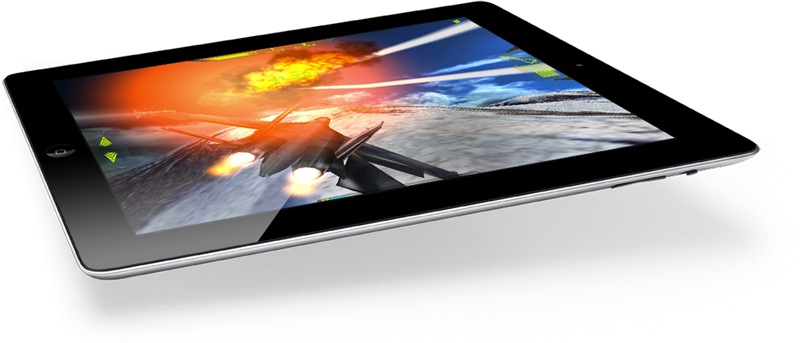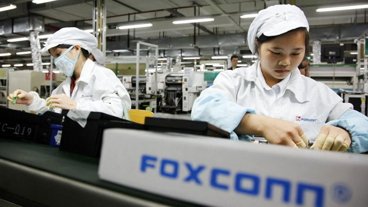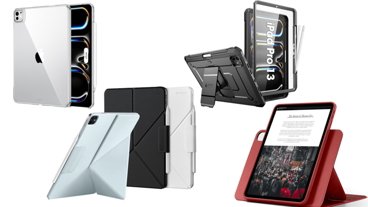Apple's 'iPad mini' rumored with 7.85" IGZO display for $250-$300
The latest details claim Apple's so-called iPad mini will be as thin as the iPad 2, according to anonymous sources who spoke with the Chinese-language site MyDrivers.com (translation, via Unwired View). The machine translation indicates that the "endurance has also been strengthened," perhaps referring to the battery life of the rumored device.
The report also said that Apple's smaller iPad will feature Sharp's IGZO display technology, named for its use of indium, gallium and zinc. The new screen would be optimized to reach 330 pixels per inch, according to the latest rumor.
Finally, the new iPad is rumored to have a capacity of 8 gigabytes with a price between $249 and $299. It was said that Apple's primary target with a smaller iPad is Google's newly unveiled Nexus 7, as well as the Amazon Kindle Fire, both of which are available for $199.
But the Nexus 7 and Kindle Fire feature 7-inch displays, while Apple's rumored new iPad has been said in various reports to feature a slightly larger 7.85-inch display. Rumors of a smaller iPad have lingered since Apple launched its first model in 2010.
Speculation on a smaller form factor iPad gained traction again this year in February when The Wall Street Journal reported that Apple officials have been showing off designs for a smaller iPad that has a similar screen resolution as the iPad 2. The report did caution, though, that Apple could be simply testing new designs and might not actually release the device.
As for IGZO technology, it was also rumored to be featured in the high-resolution Retina display of Apple's third-generation iPad. But those claims didn't pan out, and follow-up reports suggested that Sharp's new screen technology couldn't meet Apple's approval process.
 Sam Oliver
Sam Oliver








 Amber Neely
Amber Neely
 Thomas Sibilly
Thomas Sibilly
 AppleInsider Staff
AppleInsider Staff
 William Gallagher
William Gallagher
 Malcolm Owen
Malcolm Owen
 Christine McKee
Christine McKee










158 Comments
No. No, no, no. No iPad Mini. Not very Apple-esque. You better agree.
Heck, a smaller iPad makes so much sense and so very Apple. Just look at what they did with the iPod and it's easy to see where having a collection of iPads serving different needs and markets SHOULD be the end-game for Apple. Perhaps melding the iPod and iPad together into a single product line would make sense. Offer 4 sizes, Nano, Touch (sized), 7.85" and iPad as we know it.
Apple will sell a lot of these.... And I think people with current "regular" iPads will find room in their budget and life style for this kind of device.... I don't see any problem with this....
In order to reach that pixel density it needs to have the same resolution as The New iPad.
A 7.85 inch screen needs approximately 2048x1536 pixels to reach 330 ppi. Check for yourself: http://members.ping.de/~sven/dpi.html
The only reason I see Apple releasing an “iPad Mini” is to solidify its position as the tablet leader. You’d have a hard time arguing that they aren’t already, but this would allow Apple to effectively eliminate the competition with only 2 product lines.